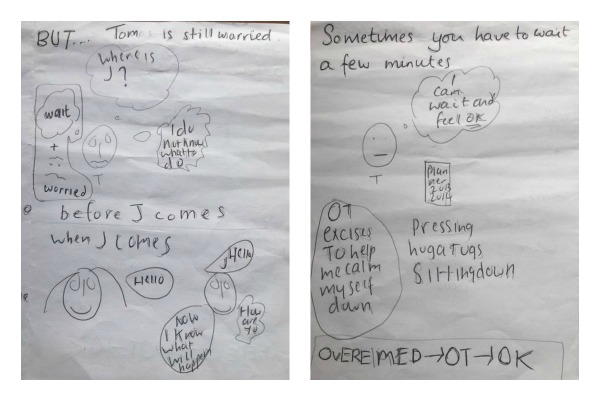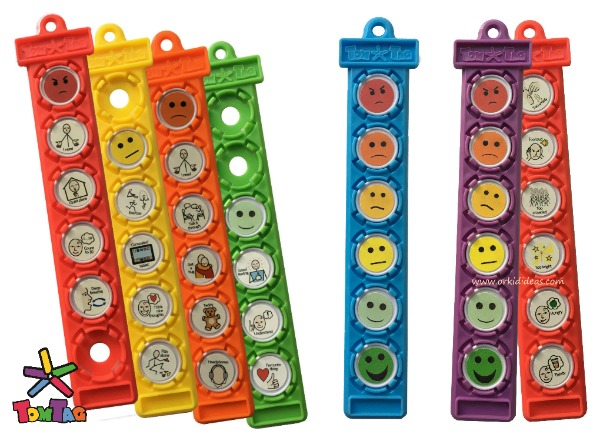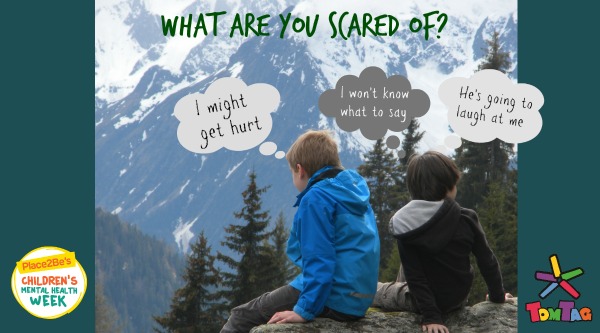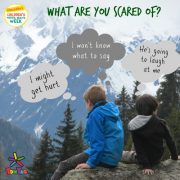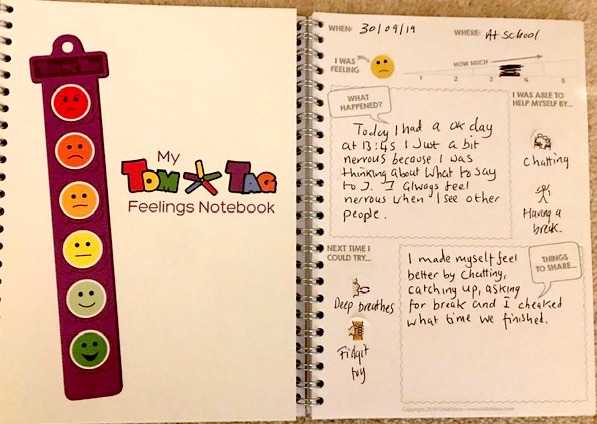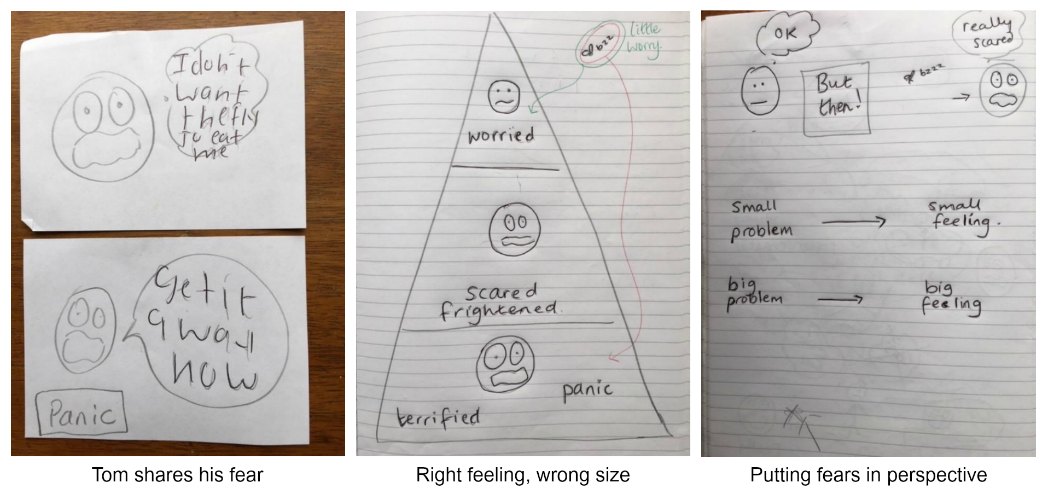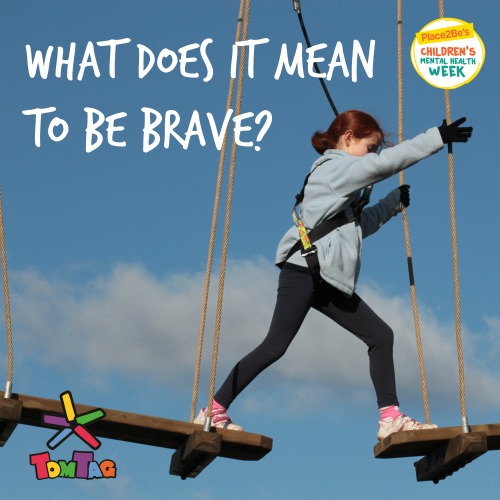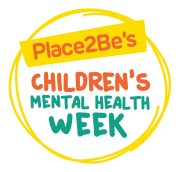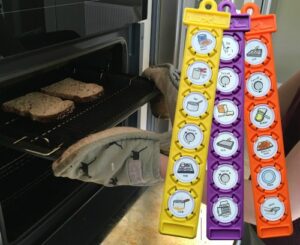 Being able to create quick and healthy hot meals becomes increasingly important as children get older and need to learn skills for independent or supported living. Following simple recipes provides opportunities to work on reading and listening skills, sequencing, nutrition, hygiene and learning to use kitchen tools.
Being able to create quick and healthy hot meals becomes increasingly important as children get older and need to learn skills for independent or supported living. Following simple recipes provides opportunities to work on reading and listening skills, sequencing, nutrition, hygiene and learning to use kitchen tools.
The key thing to remember is to start with recipes that are simple enough to follow with limited assistance, building up slowly to add in more complex skills over time.
We’ve looked at preparing some non-cook simple meals for breakfast, snacks and lunches in our Simple Meals blog using symbols from our Food & Drink Basics pack.
With the additional symbols included in our Food & Drink Extended sticker pack, more confident or experienced learners can learn to prepare, cook and serve simple hot meals such as beans on toast, cheese on toast, hot sandwiches and egg recipes. This sticker pack is available as a stand-alone item or included in the In the Kitchen and Independent Living kits.
Cooking – learning life skills with TomTag
 Hygiene
Hygiene
Don’t forget to use the opportunity to teach or reinforce rules about hygiene in the kitchen. We’ve included symbols for washing hands and wearing an apron but you could also use blank stickers to add reminders to wipe worktops or store food in the fridge, or use some of the symbols from our domestic chores Clean & Tidy pack.
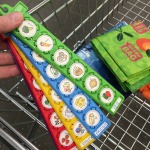 Preparation
Preparation
Show the images for the utensils and food that will be needed to create the recipe you have chosen and check you have everything listed before you begin.
You might also want to incorporate a shopping trip as part of your preparation to find all the ingredients you will need. The My Shopping List sticker pack and Help at the Shops kit would be useful here. For more shopping with TomTag tips, read our Shopping Life Skill blog.
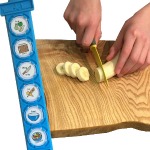 Kitchen safety
Kitchen safety
There are lots of skills required in the kitchen besides dealing with the food itself. Knowing how to turn cookers and ovens on and off correctly, taking appropriate precautions with hot equipment, learning safe use of sharp knifes and other utensils are all essential skills to be learnt before a young person can be left to cook unsupervised.
Build on these skills gradually and move on to the next stage only when the individual is ready and capable of showing the necessary responsibility.
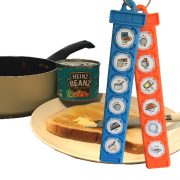 Choosing recipes
Choosing recipes
Using a set of TomTag button holders and the symbols we’ve included in our Extended pack, you can quickly create step-by-step instructions for numerous simple recipes such as beans on toast, soup, sandwiches, eggs (scrambled, fried or boiled), cheese on toast and pasta with sauce.
 Serve it up
Serve it up
Be sure to give compliments and praise and encourage them to keep building on their skills. Let them be the first to taste what they’ve made and ask for suggestions of what they’d like to try next.
Serving and sharing meals with others offers opportunities for practising communication and social skills too.
Resources
Jamie Oliver’s Simple Cooking Skills website has a simple and visual layout and many of the recipes even include step-by-step photo illustrations.
Cooking with Autism also have a useful site with easy to follow recipes written in simple language.
Free to download from Widgit Symbols is this accessible symbol-supported recipe sheet for making pancakes






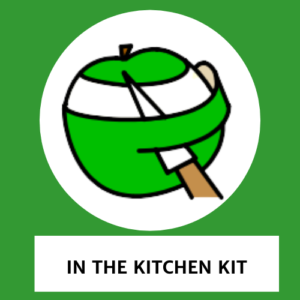

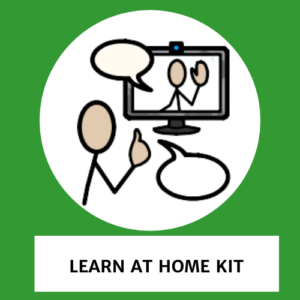


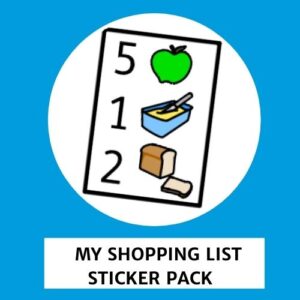
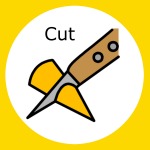
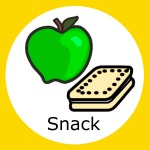


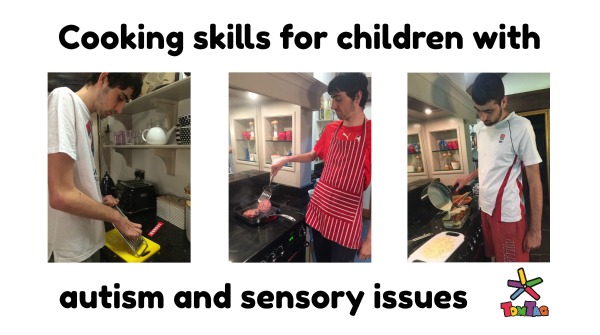
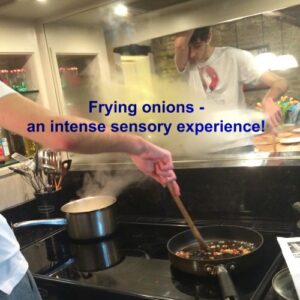
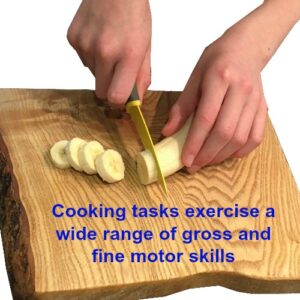
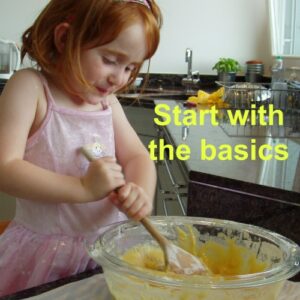

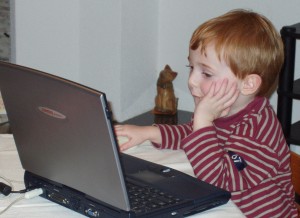
 Play the ‘What if’ game
Play the ‘What if’ game Hold a scavenger hunt
Hold a scavenger hunt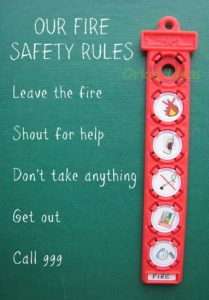 escape faster if you need to. Anyone can ask for a free
escape faster if you need to. Anyone can ask for a free 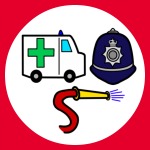 Make sure everyone knows the number for emergency services and try role-playing a call so that they know what they might be asked.
Make sure everyone knows the number for emergency services and try role-playing a call so that they know what they might be asked.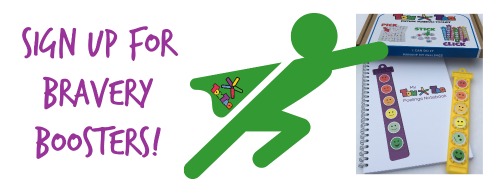
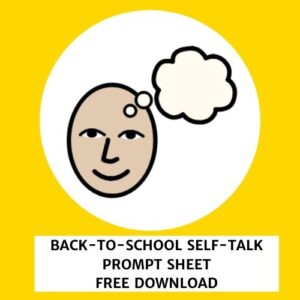
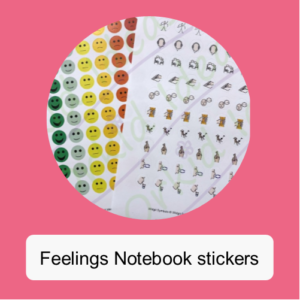

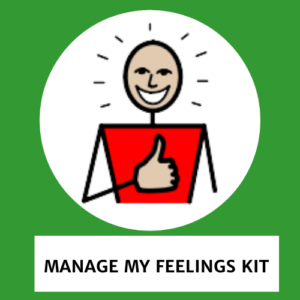
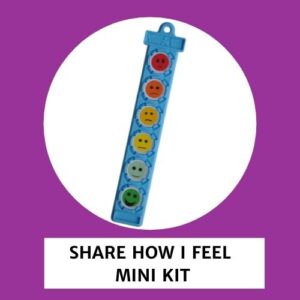
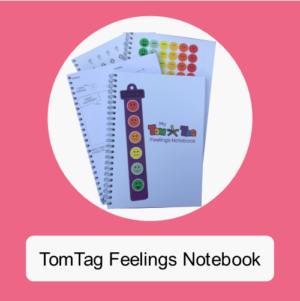
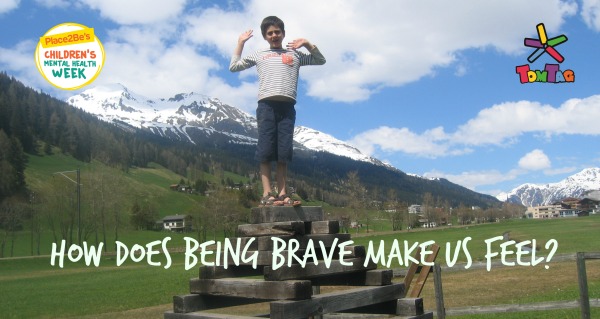
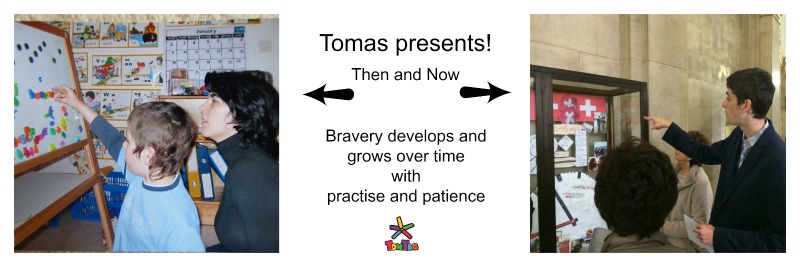
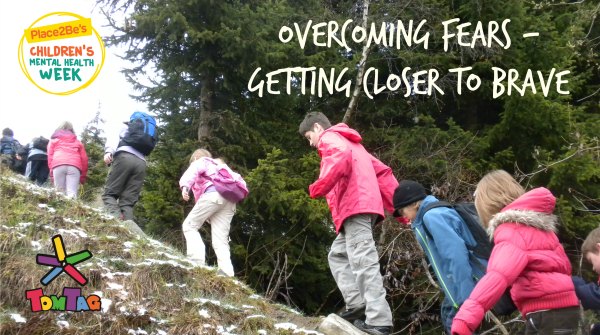
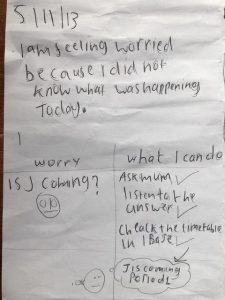
 Helping your child to ‘find their brave’ for unfamiliar or ‘scary’ situations – things like visiting the dentist, doctor or hairdresser – is eased by good planning and preparation. Using a visual tool like TomTag or a simple social story can help you to communicate and explain to your child what’s going happen before the event, reducing the uncertainty and consequent anxieties.
Helping your child to ‘find their brave’ for unfamiliar or ‘scary’ situations – things like visiting the dentist, doctor or hairdresser – is eased by good planning and preparation. Using a visual tool like TomTag or a simple social story can help you to communicate and explain to your child what’s going happen before the event, reducing the uncertainty and consequent anxieties.